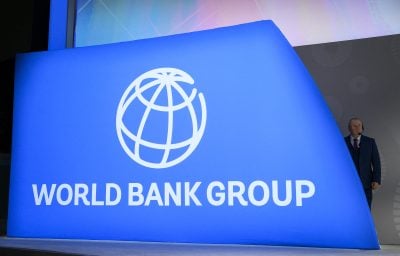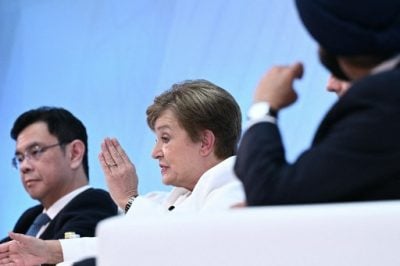Experience at the helm
Essien had been Deputy CEO under Arnold Ekpe, who had overseen the bank’s rapid expansion, and was also Deputy CEO under Thierry Tanoh, who had succeeded Ekpe when the latter left the bank having reached retirement age. How does it feel to be the top decision maker now? He says he has always been at ease with the responsibilities that come with leadership although what he enjoys most is deal making, building franchises and transactions.
He gives no impression of being overwhelmed by the task at hand and he feels he has the maturity and experience to hold the helm at the bank. It helps that he knows the institution inside out and knows “which buttons to press”. In any case, he says, his decision-making process is collaborative and involves “bringing people together”.
What are his immediate priorities? “I have given myself 90 days to ‘douse the fire’.” This will be done around three objectives: “The first is to rebuild confidence and trust with all stakeholders, the regulators, the staff, the shareholders, the customers. They need to know that we have resolved our issues,” he says.
The second objective is to stabilise the situation within the bank and strengthen morale so that the bank can focus on best management practices.
The final objective is to ensure that the bank works in unison and to return unity within the institution. “To a large extent we are working to make sure that we are Ecobank, and that we will continue to build first-class pan-African banks.
We’ve had our challenges, we’ve come out stronger and now we are focusing on moving along the growth path and maximising shareholder value.”
News of the internal turmoil within Ecobank came as somewhat of a shock. For most of its recent history, the bank had become an exceptional model of harmony among the continent’s multitude of nationalities, ethnicities and languages. It worked like clockwork. Its efficiency was a result of a system of management based on merit, ability, skill and the delivery of results – an organisational rarity not only in Africa but much of the developing world. It was an institution that had become a model to aim for and try to emulate.
So what went wrong? Essien says something triggered layers of polarisation that had never surfaced before. What was a unified bank now became divided across different levels. Even the board became polarised.
“The board had never faced something like this before,” he says. “Before the issues started, the board had good meetings, they had their agreements, they had their disagreements and they agreed to disagree. But when these issues started the cracks appeared; people took sides.
“The board became very polarised and that is why you heard calls that we should reconstitute the board and that’s why there were calls that we had corporate governance problems. I don’t think in itself our charter was fundamentally flawed but for us there weren’t mechanisms to deal with conflicts of this nature. So we need to make sure that we can put these in place.”
The next AGM will be in June and it is anticipated that a new board will be in place by then with a new chairman. The board will be limited to a maximum of 15 board members and will reflect the bank’s cultural diversity as well as a more balanced gender and professional mix.
Want to continue reading? Subscribe today.
You've read all your free articles for this month! Subscribe now to enjoy full access to our content.
Digital Monthly
£8.00 / month
Receive full unlimited access to our articles, opinions, podcasts and more.
Digital Yearly
£70.00 / year
Our best value offer - save £26 and gain access to all of our digital content for an entire year!
 Sign in with Google
Sign in with Google 


